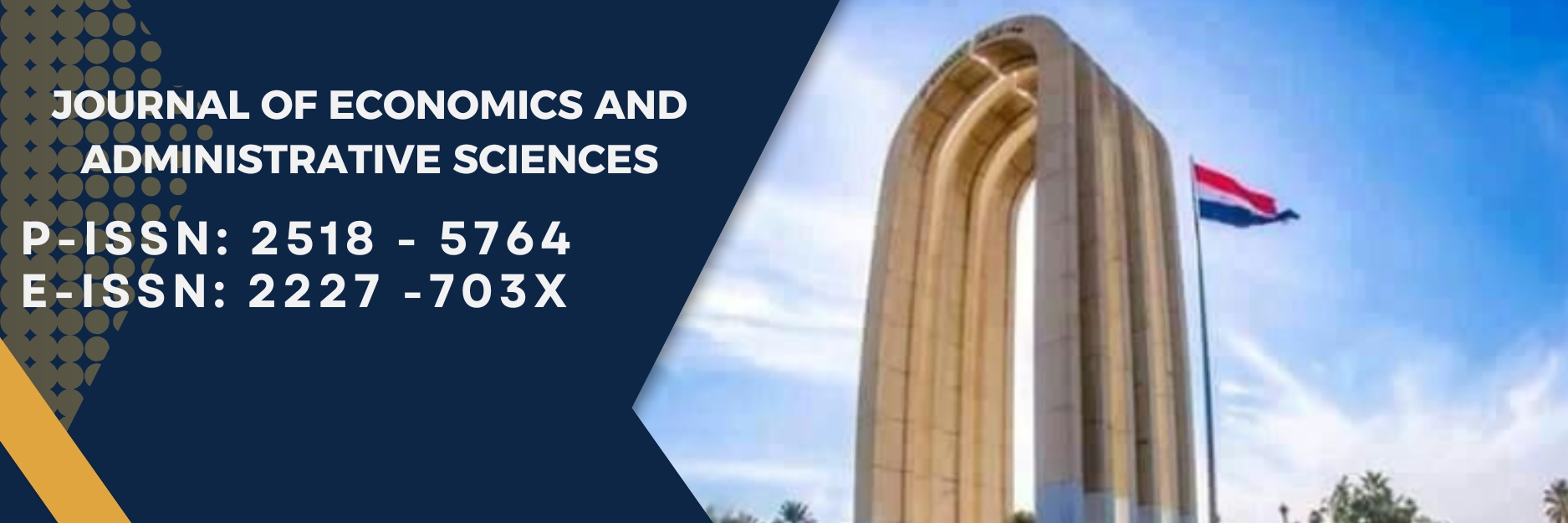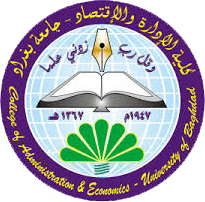The impact of structural economic imbalances on inflation Case Study of the Iraqi economy
DOI:
https://doi.org/10.33095/jeas.v19i70.795Keywords:
التضخم – الاقتصاد العراقي – التضخم في الاقتصاد العراقي – الأختلالات الأقتصادية الهيكلية ., Inflation - the Iraqi economy -inflation in the Iraqi economy - structural economic imbalances.Abstract
Abstract:
There is a close relationship between rigidity and distort structure of production and productivity and inflation rates. The effects of this relationship are distorted the contribution rate of the productive sectors and the disproportionate of exchange rate in foreign trade.
raising the general level of prices is one of the way that have been used by previous governments (inflationary financing or deficit financing) in order to speed up the process of capital formation, depending on the availability of economic resources idle.
The fabricating inflation for development does not represent a true understanding of the nature of the Iraqi economy. Assuming the existence of productive energies ready to run directly as soon as increasing effective demand by increasing the volume of money in the economy is an incorrect assumption.
Yes, there in the Iraqi economy idle economic resources (land, capital, labor, organization), But they are not ready for use in the production process.
This was attributed to distort the structure and nature of the production.
These problem Making those economic resources unable to engage in the production process and increase production once when the increase effective demand. This shows through low levels of productivity when compared to large economic resources in the Iraqi economy, which means the economy not having productive capacities.
Even external factors (wars, economic blockade), distort the nature of the economic resources, the policy of deficit financing, higher relative prices of some essential commodities in the production process (electricity, fuel, transport, rent) led to high production costs.
All that makes the Iraqi economy supply facing holistic sharp flexibility curve, not because of optimal utilization of economic resources, as in the advanced industrial countries, but because of the inelasticity productive apparatus and the economic potential for response to increasing effective demand and as shown in the following .
the Iraqi economy is high money supply in the market, but it could not reduce those inflationary pressures largely due to structural imbalances facing the production and productivity process.
Downloads
Published
Issue
Section
License
Articles submitted to the journal should not have been published before in their current or substantially similar form or be under consideration for publication with another journal. Please see JEAS originality guidelines for details. Use this in conjunction with the points below about references, before submission i.e. always attribute clearly using either indented text or quote marks as well as making use of the preferred Harvard style of formatting. Authors submitting articles for publication warrant that the work is not an infringement of any existing copyright and will indemnify the publisher against any breach of such warranty. For ease of dissemination and to ensure proper policing of use, papers and contributions become the legal copyright of the publisher unless otherwise agreed.
The editor may make use of Turtitin software for checking the originality of submissions received.


























